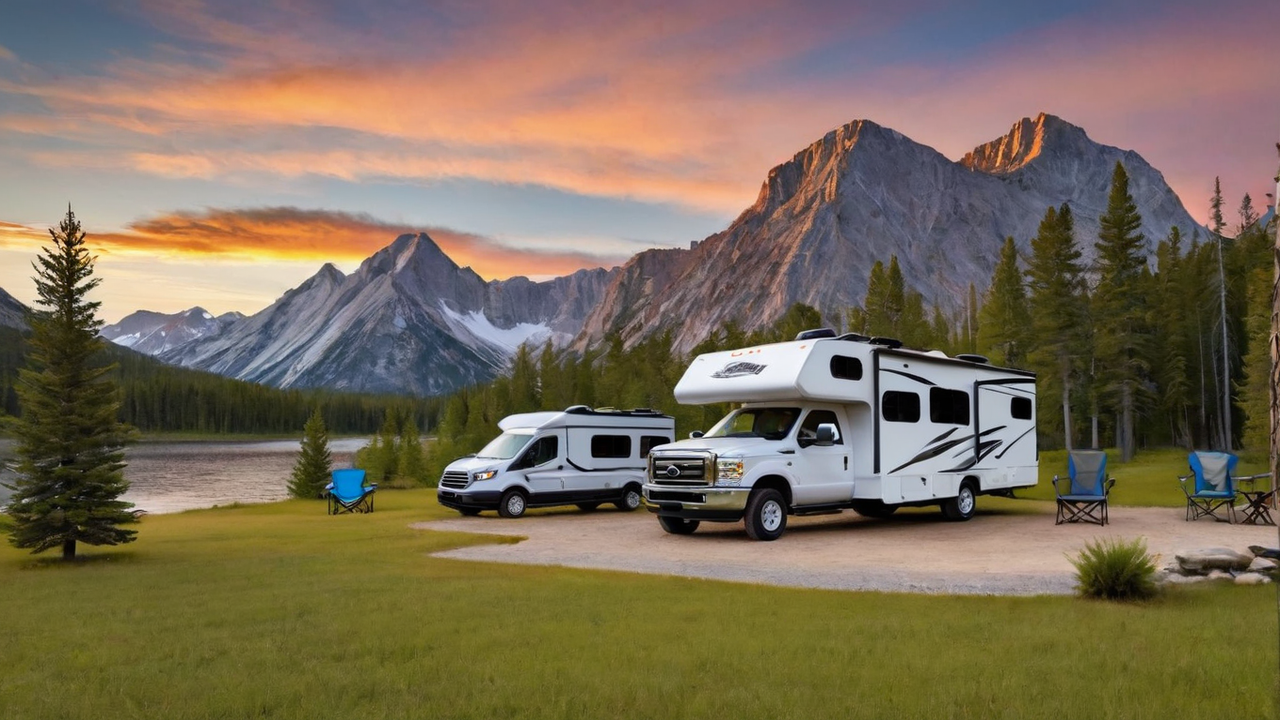Improving Location Selection with GIS Integration in Campground Administration Software
Improving Location Selection with GIS Integration in Campground Administration Software
Blog Article

Utilizing Geographic Information Systems for Enhanced Campsite Layouts
Integrating GIS into campground management software revolutionizes the way campsites are planned and managed. By utilizing precise geographical data, administrators can enhance the layout for better accessibility and guest experience. This integration enables for the design of detailed site maps that incorporate existing landscapes, maximizing the use of space while preserving the environment.
The capability to see and manipulate the campground configuration in real-time provides a significant benefit in planning and development. Precise GIS data assists in locating ideal spots for amenities, ensuring they are both accessible and environmentally sustainable. This approach not just enhances guest contentment but also contributes to a lower environmental impact.
Simplifying Reservation Systems with Geographic Information Systems
By integrating GIS into campground reservation systems, operators offer a more engaging booking process for campers. Guests can select their preferred spots based on real-time geographical data, including proximity to amenities and picturesque views. This level of detail in site selection significantly enhances preparation and satisfaction for campers.
Furthermore, this technology cuts down the likelihood of overbooking and clashes among reservations. Accurate GIS data ensures that each site is accurately mapped, with clear boundaries, thus making a smoother reservation process. This effectiveness not only reduces time for site administrators but also enhances the overall customer experience.
Enhancing Safety and Emergency Response with GIS
Incorporating GIS into campground management software greatly enhances safety and emergency response. Detailed site maps allow for precise location of emergency services like fire stations, medical points, and evacuation routes. This availability to vital information can significantly accelerate reaction times in critical situations, potentially saving lives.
Moreover, GIS data can be used to identify areas prone to environmental hazards such as flooding or wildfires, enabling for the development of proactive safety measures. Through this approach, campground managers can implement precautionary measures and alert guests of potential risks, thus ensuring a safer camping environment for everyone.
Maximizing Resource Allocation With GIS
GIS technology enables campground managers to effectively allocate resources across the site. By analyzing geographical data, managers are able to determine the most strategic placements for facilities such as restrooms, picnic areas, and recreational areas. This ensures that all campers have easy access to facilities, improving their overall satisfaction.
Additionally, GIS can help in monitoring the usage of environmental assets, promoting sustainable management within the campground. Through precise mapping, campsites can avoid overuse of vulnerable areas, supporting in conservation efforts and protecting the natural appeal and integrity of the landscape.
Boosting Visitor Satisfaction with Interactive GIS Features
Interactive GIS maps boost visitor engagement by providing an immersive exploration of the campground before they arrive. Campers can tour different areas, view photos, and read about nearby attractions directly via the campground’s website. This pre-arrival interaction starts the guest experience on a positive note, raising anticipation and contentment.
Moreover, these interactive features can serve as a guide throughout the stay, offering up-to-date information on weather conditions, upcoming events, and available services. This accessibility guarantees that guests remain updated and are able to fully enjoy their outdoor adventure.
Facilitating Environmental Sustainability with GIS
GIS integration in campground management software plays a crucial role in promoting environmental sustainability. Accurate mapping allows for careful planning and management of natural resources, minimizing human impact on the environment. This tools facilitate to keep track of and control wildlife habitats, lakes, and vegetation, ensuring their preservation for future generations.
Furthermore, by leveraging environmental GIS data, campgrounds can determine regions ideal for renewable energy installations or other green initiatives. This strategy not only boosts the campground’s sustainability but also reduces operational costs, showing a commitment to conserving the natural world.
Integrating Local Knowledge into Campground Development with GIS
GIS systems empower campground managers to integrate local insights into campsite development. By collaborating with community members, operators can gain a deeper understanding of the area and its historical significance. Such collaboration guarantees that campgrounds are planned with respect for local values and heritage, enriching the visitor experience.
Moreover, such integration assists in identifying distinct opportunities for campsite activities and offerings that showcase the local culture and natural beauty. Incorporating local insights into the planning process not only improve the genuineness of the campground but also strengthens bonds with the local community, establishing a beneficial impact for all parties.
Adjusting to Changing Guest Needs with Dynamic GIS Data
The world of outdoor hospitality is constantly changing, with guest demands getting more sophisticated. Utilizing dynamic GIS data enables campground managers to quickly adapt to these shifts by updating amenities and services to meet current demands. This flexibility ensures that campsites remain appealing and relevant in a rapidly changing market.
Additionally, the capability to gather and analyze guest feedback through GIS-based applications means campground managers can continuously refine their offerings. Tailoring the camping experience to meet individual preferences not only increases guest satisfaction but also encourages return visits, driving the success of the campground in the long term.
click to continue Report this page